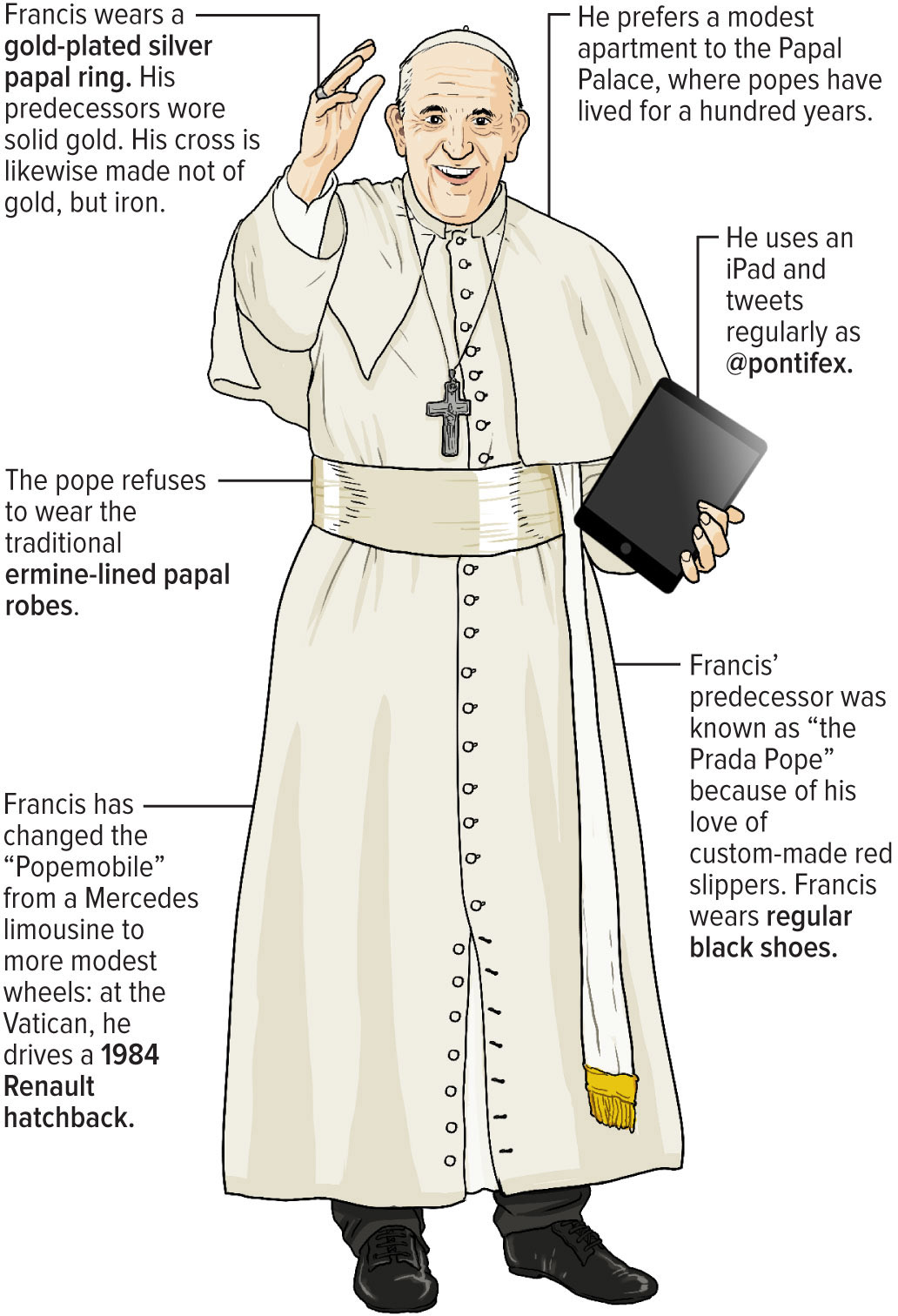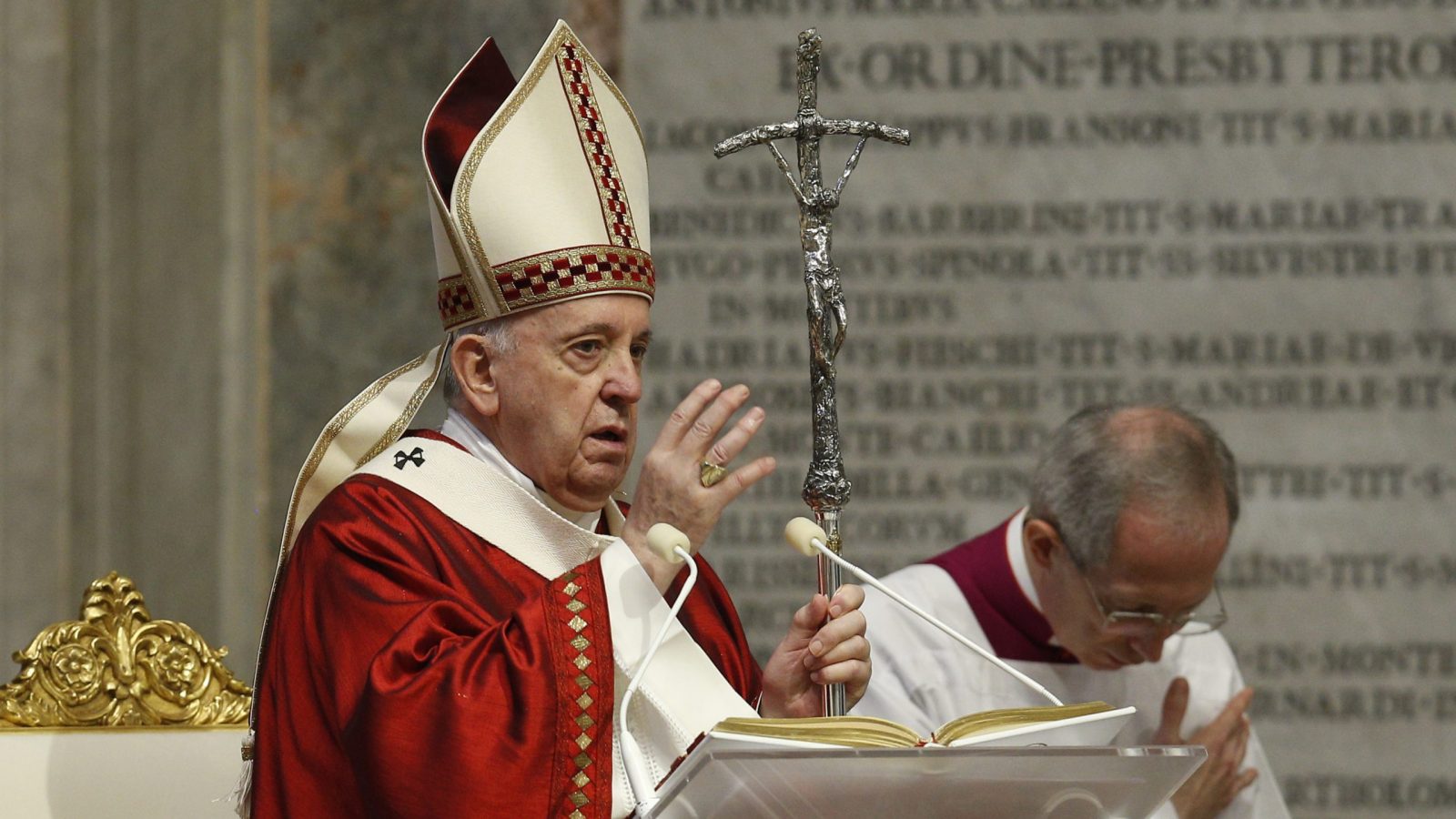Why, after two millennia of the Catholic Church, has no other pontiff adopted the name Peter? The absence of a Pope Peter II, III, or beyond is a curious anomaly, a silent echo in the grand symphony of papal history, and one that sparks contemplation about tradition, legacy, and the very nature of leadership within the faith.
The lineage of the papacy stretches back to the apostle Peter, the bedrock upon which the Church was built, as it is believed. Yet, despite the continuous succession of over 265 popes, including the current Pope Francis, who is the 266th, the name "Peter" has remained unclaimed, an intriguing puzzle for theologians and historians alike. The reason is not explicitly stated in any formal decree, leaving open a world of interpretation.
This is particularly relevant in the context of the Palmarian Catholic Church, a distinct and at times controversial entity. This church, founded in 1978, considers itself to be the true continuation of the papacy. In 2016, Joseph Odermatt, a Swiss bishop, ascended to the papacy within the Palmarian Church, adopting the name Peter III. This event added another layer of complexity, sparking questions of legitimacy and the nature of religious authority.
Adding to the complexity is the looming question of succession in the Roman Catholic Church, given Pope Franciss advancing age. The world watches with deep interest and speculation the next heir of St. Peter. In the meanwhile the succession within the Palmarian Catholic Church continues to evolve, with their current pontiff being the aforementioned Pope Peter III.
| Attribute | Details |
|---|---|
| Name | Joseph Odermatt |
| Religious Name | Eliseo Mara |
| Papal Name | Peter III |
| Nationality | Swiss |
| Position | Current Pope of the Palmarian Christian Church |
| Predecessor | Gins Jess Hernndez (Pope Gregory XVIII) |
| Successor of | Gins Jess Hernndez |
| Date of Ascension | April 23, 2016 |
| Place of Coronation | Basilica in Palmar de Troya |
| Controversial Context | The Palmarian Church is a schismatic group. |
| Reference | Wikipedia |
The Palmarian Catholic Church, an independent entity, maintains a distinct theological perspective. Founded in 1978, it does not recognize any popes after Paul VI as legitimate, maintaining that they alone hold the true papacy, a belief that underscores the complexities of religious authority and tradition.
The decision of Joseph Odermatt to take the name Peter III, in 2016, underscores the Palmarian Church's claim to continue the unbroken line of succession. He succeeded Gins Jess Hernndez, who had previously held the position as Pope Gregory XVIII. Hernndezs departure from the Palmarian Church and subsequent return to the Roman Catholic Church created a significant shift in the religious landscape of this community.
The Palmarian Churchs unique stance on papal succession is a sharp contrast to the Roman Catholic Church, which boasts a history of unbroken leadership that spans over two millennia. Throughout the ages, more than 265 popes have guided the Catholic Church, the 266th being Pope Francis. The church includes more than a billion followers across the globe.
The papacy, steeped in tradition and history, has seen a diversity of leaders. While the vast majority of popes have been of Roman or Italian origin, the 20th and 21st centuries have witnessed the election of popes from Poland (John Paul II) and Latin America (Francis I, from Argentina), reflecting a broadening of the Church's global reach.
In considering the weight of history, one must remember that the Catholic Church is more than just its leaders and is rooted in the teachings of Jesus Christ and the traditions passed down through generations. The exploration of this legacy highlights the ongoing significance of the papacy and its enduring impact on the world.
Pope Francis, as the leader of the Roman Catholic Church, continues to carry forward the legacy of the papacy. As the world reflects on his influence, the Palmarian Church presents a contrasting perspective. Their existence and the actions of leaders like Pope Peter III bring forth further introspection on the nature of faith, tradition, and the evolution of religious institutions.
The succession to the papacy is a matter of enduring interest, not just for Catholics but for many around the world. As the global community follows developments, the significance of the Palmarian Church's self-proclaimed papal lineage underscores the many and varied interpretations of religious authority and succession in the ever-changing environment.
The story of the papacy, however, is not without its controversies. The Palmarian Church itself has been the subject of debate, with its origins in the visions of Clemente Domnguez y Gmez, who claimed to have received a divine mandate to be the new pope after the death of Paul VI in 1978.
The rise of the Palmarian Catholic Church and their unique position on papal succession serve as a reminder of the multiple facets of religious belief and practice. This perspective, embodied by Pope Peter III, offers another dimension to the continuous discourse surrounding religious history, succession, and the ongoing evolution of faith.
The narrative of the papacy is one of continuous change, with each new pontiff bringing a unique perspective to the Catholic Church. Throughout the ages, the interpretations and theological perspectives have evolved, a reality reflected by the Palmarian Catholic Church. Founded on a different set of circumstances and interpretations, they continue the discourse on the essence of faith.
While the world follows the path of Pope Francis, the Palmarian Church, led by Pope Peter III, stands out as an example of how the interpretation of tradition and the pursuit of religious authenticity can lead to different paths. For those interested in the intricacies of faith and authority, the story of the papacy, in both its main historical line and its divergent branches, offers a profound exploration of human belief and the enduring power of faith.


